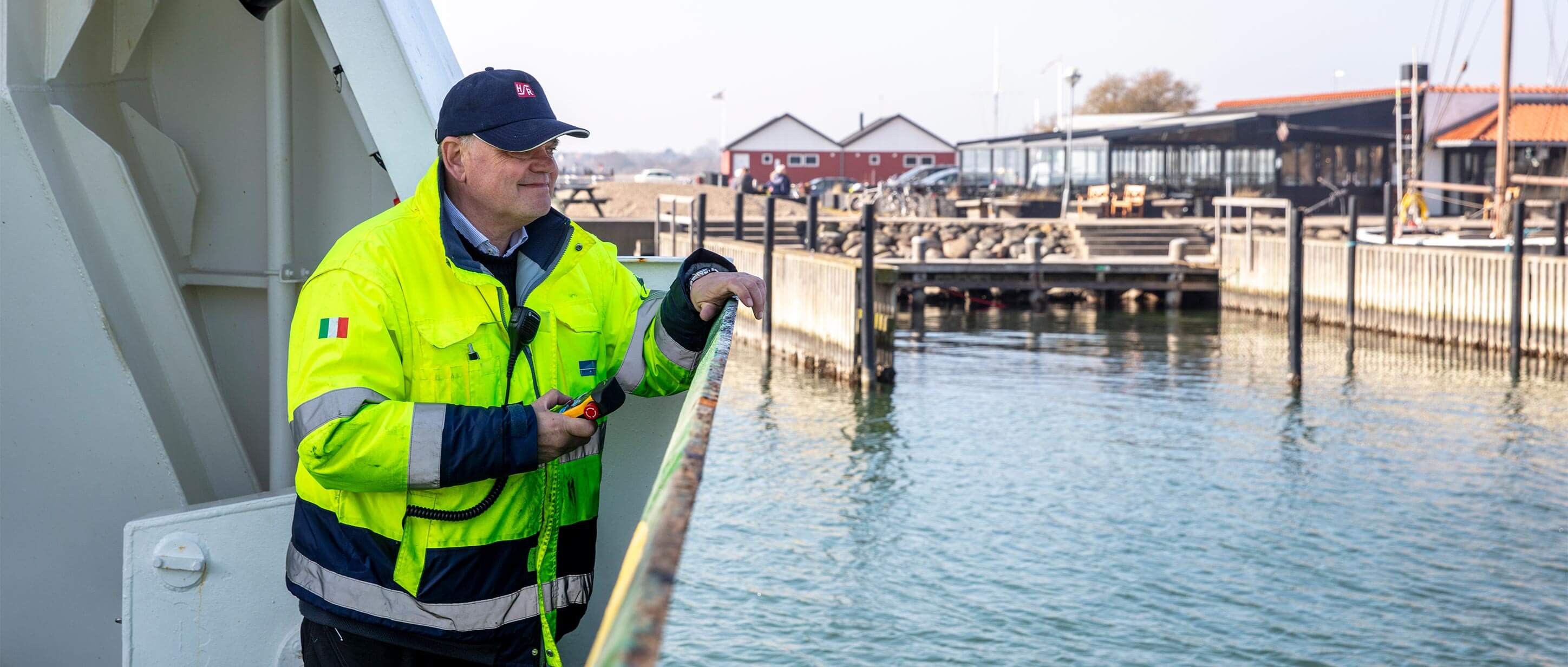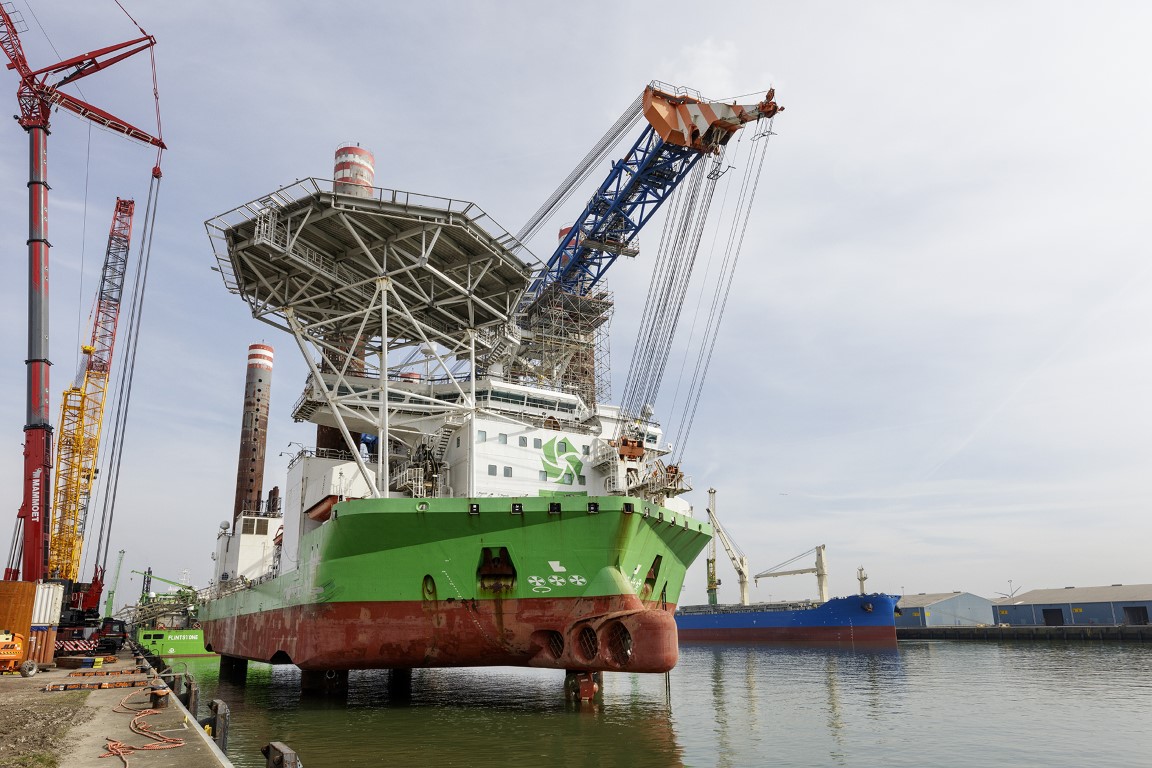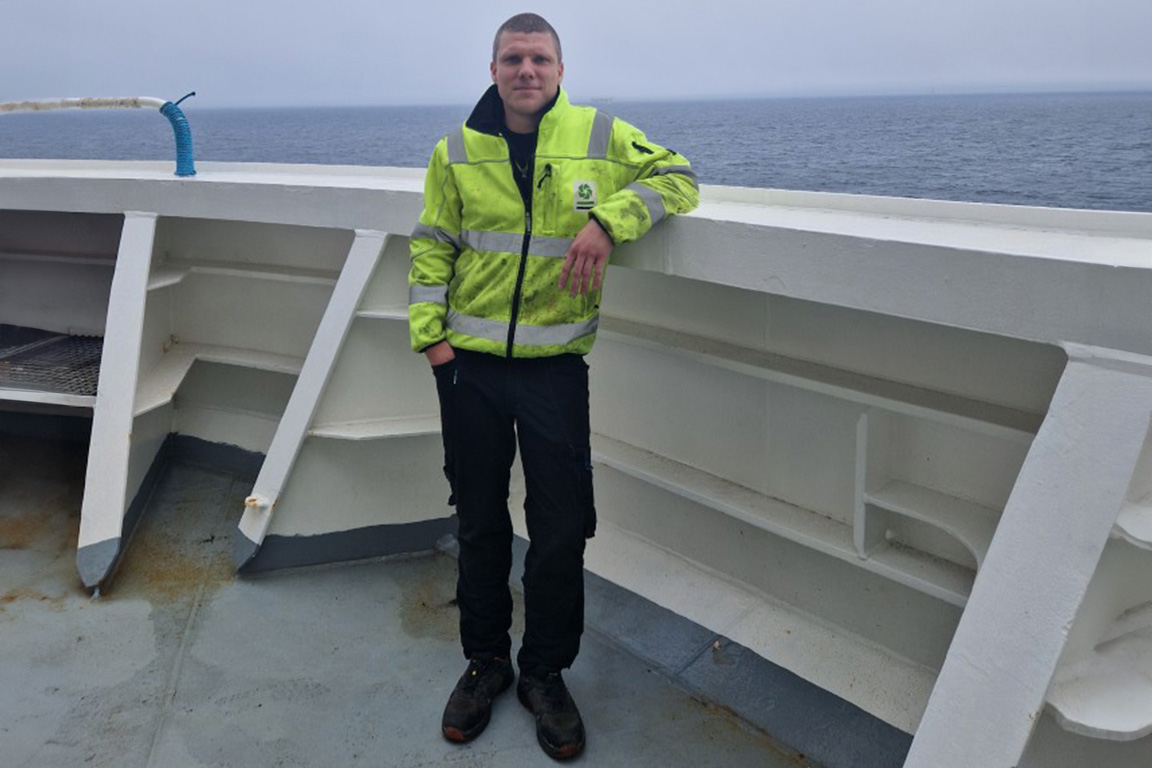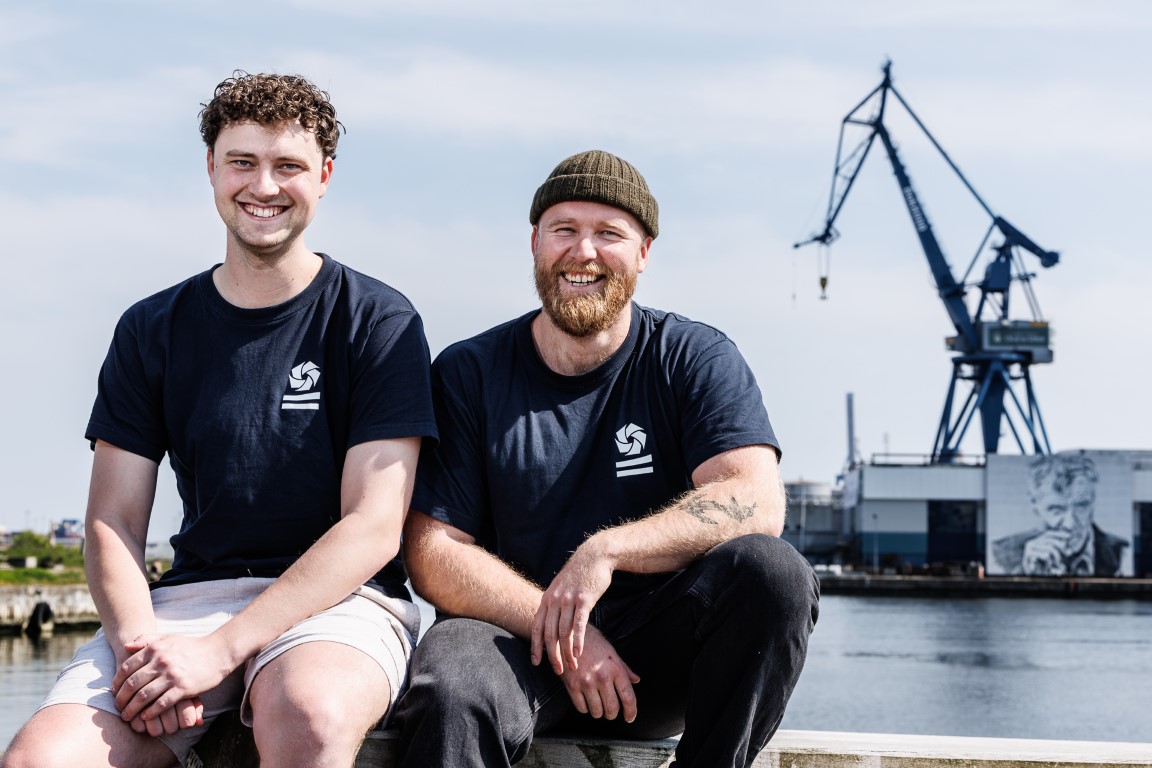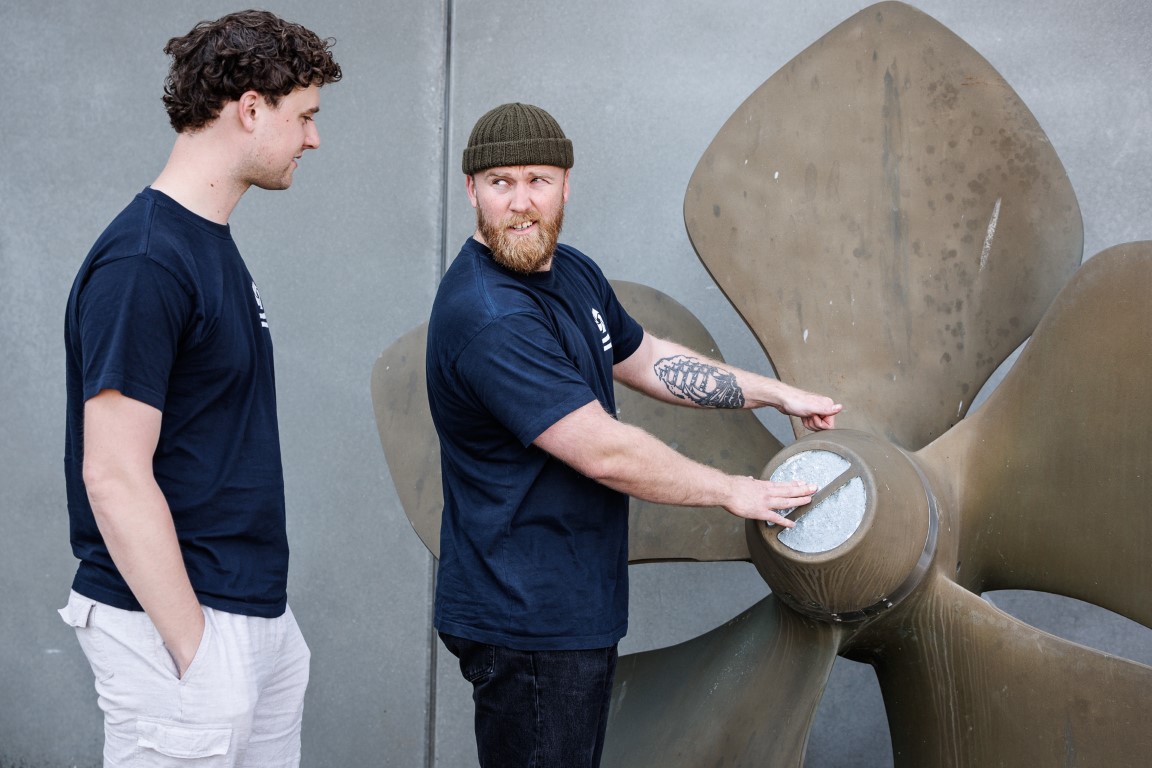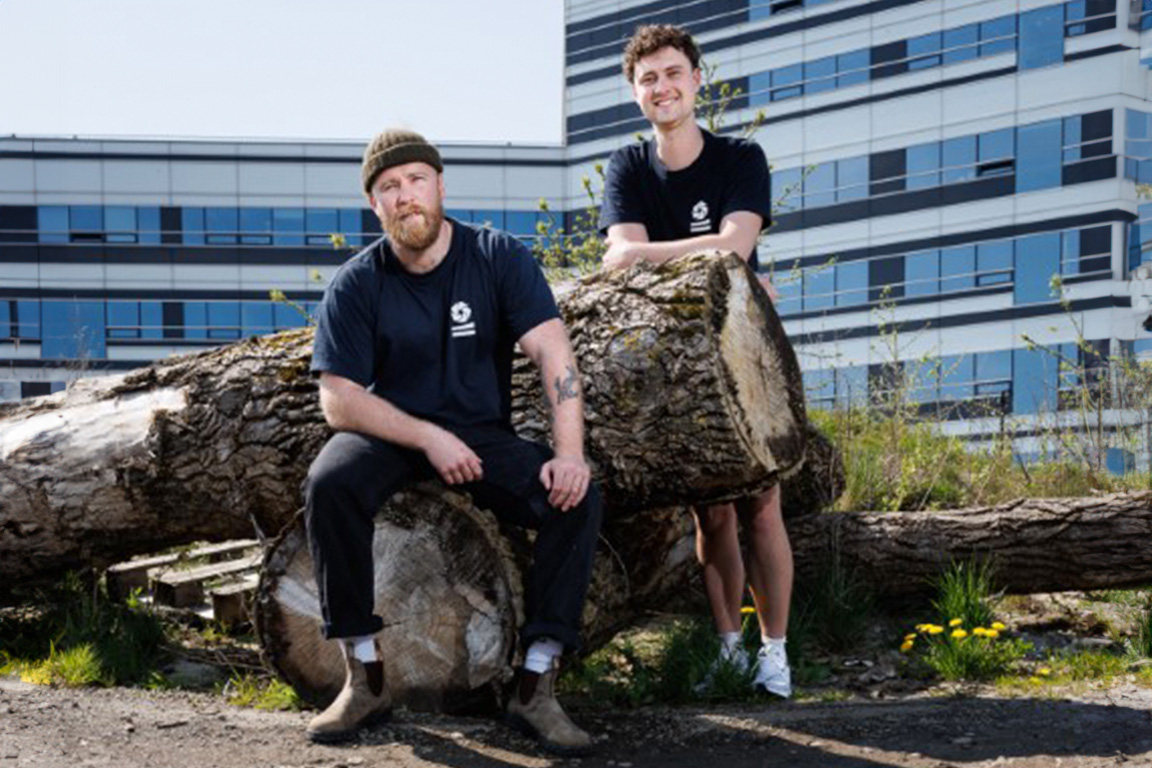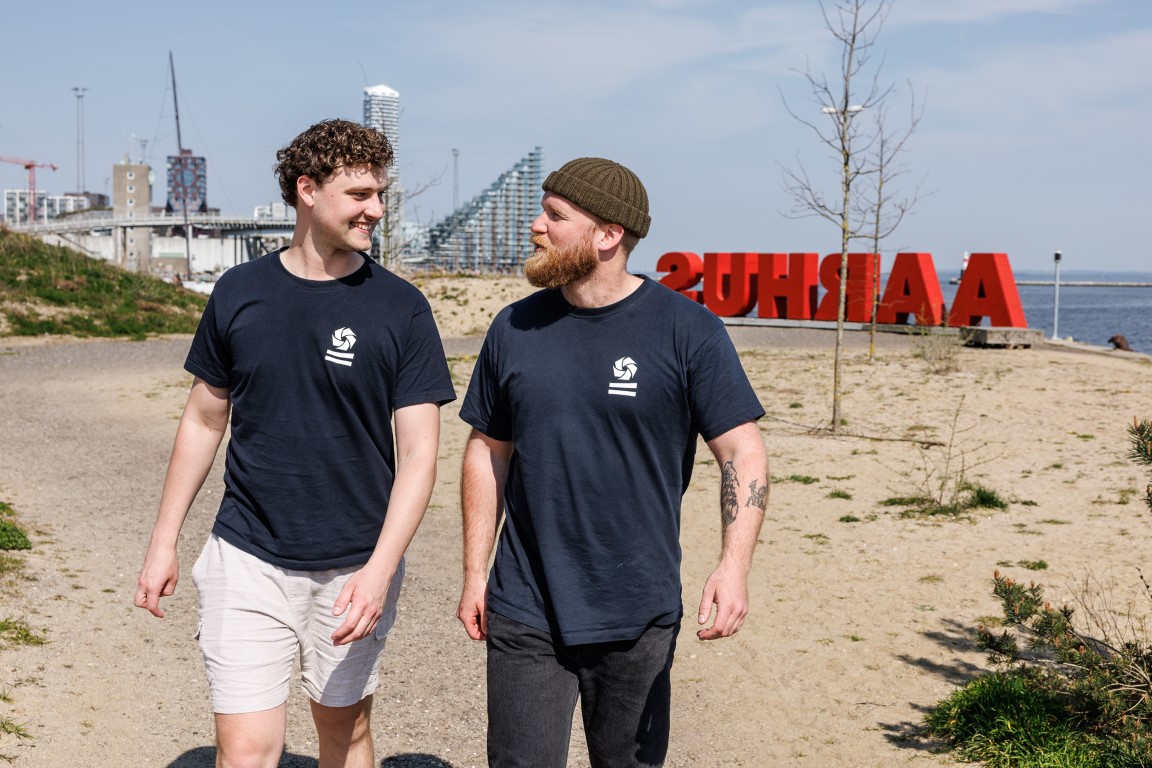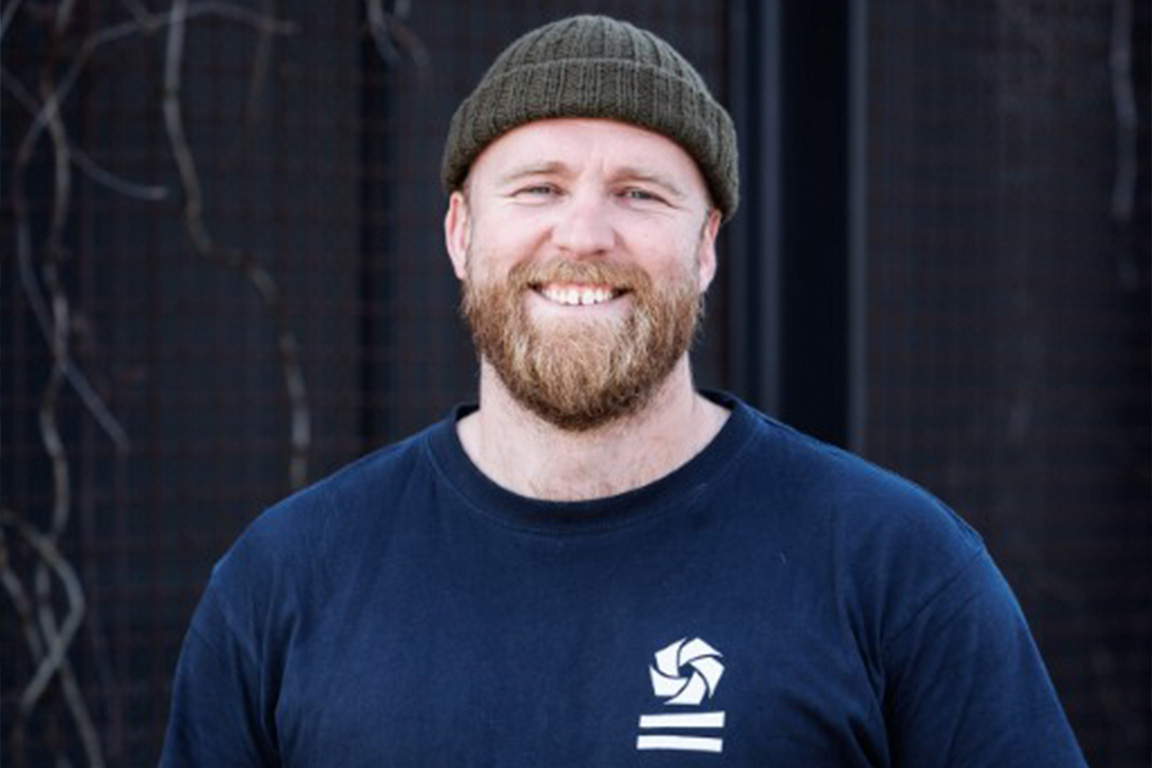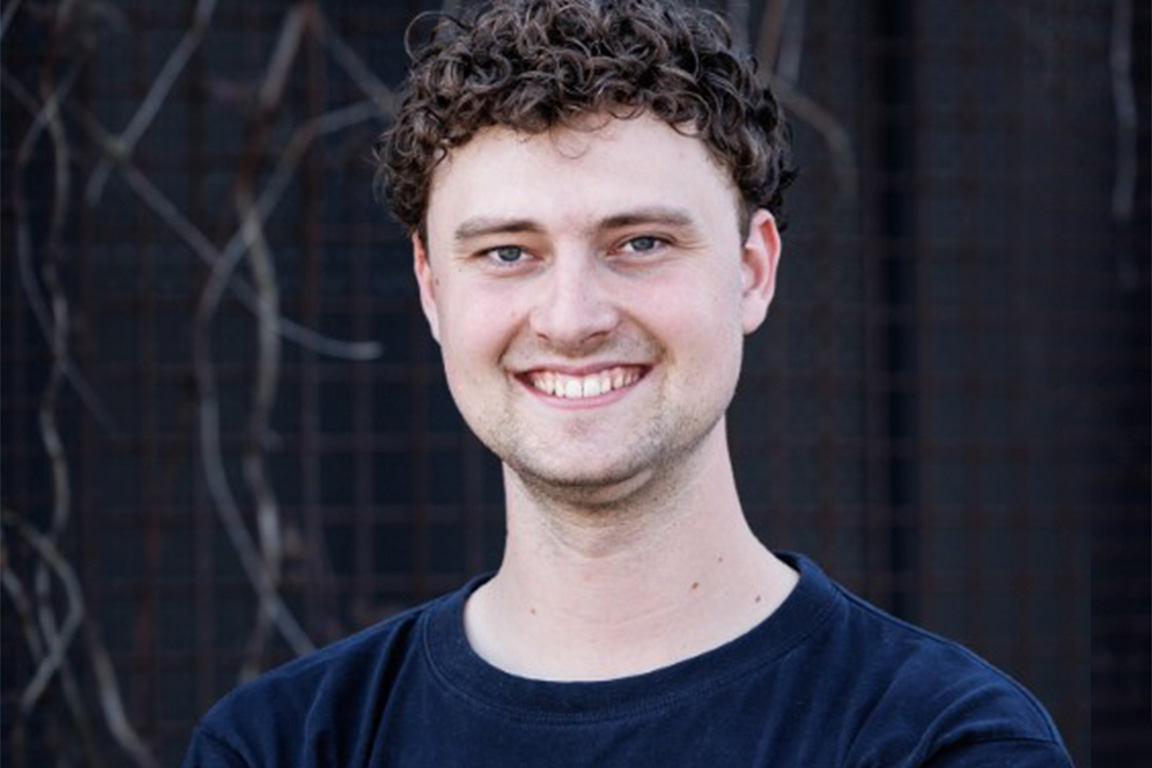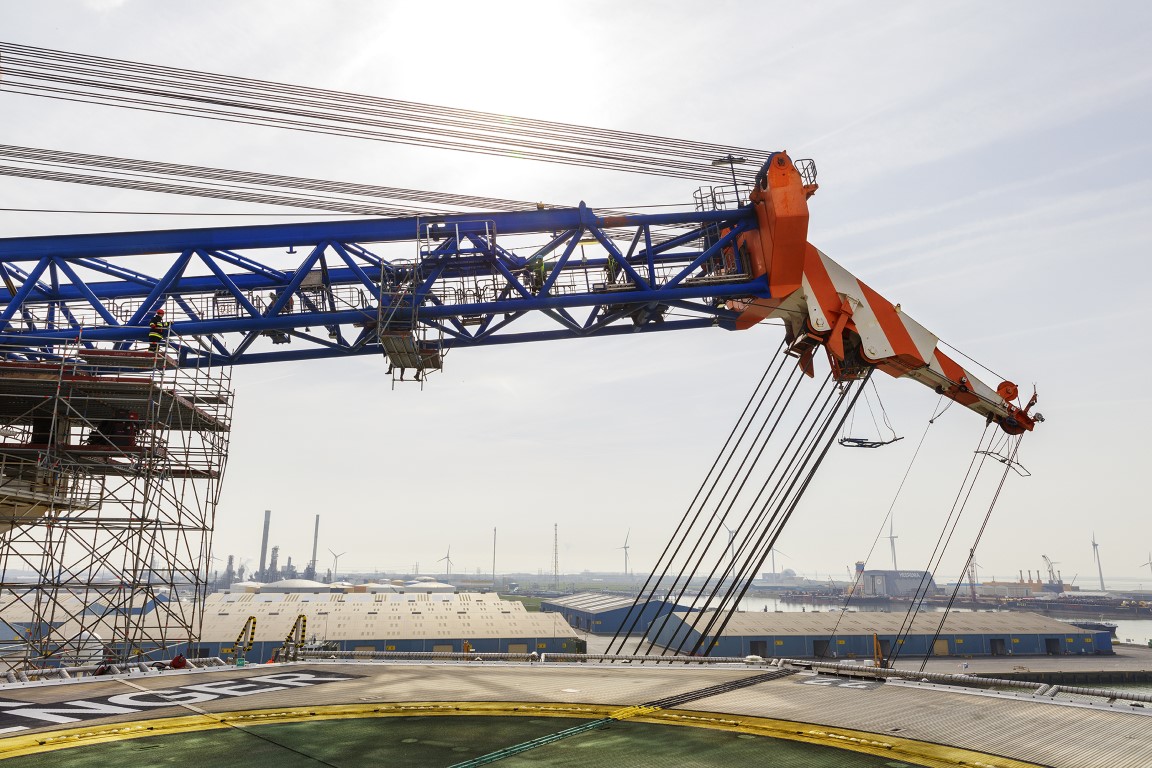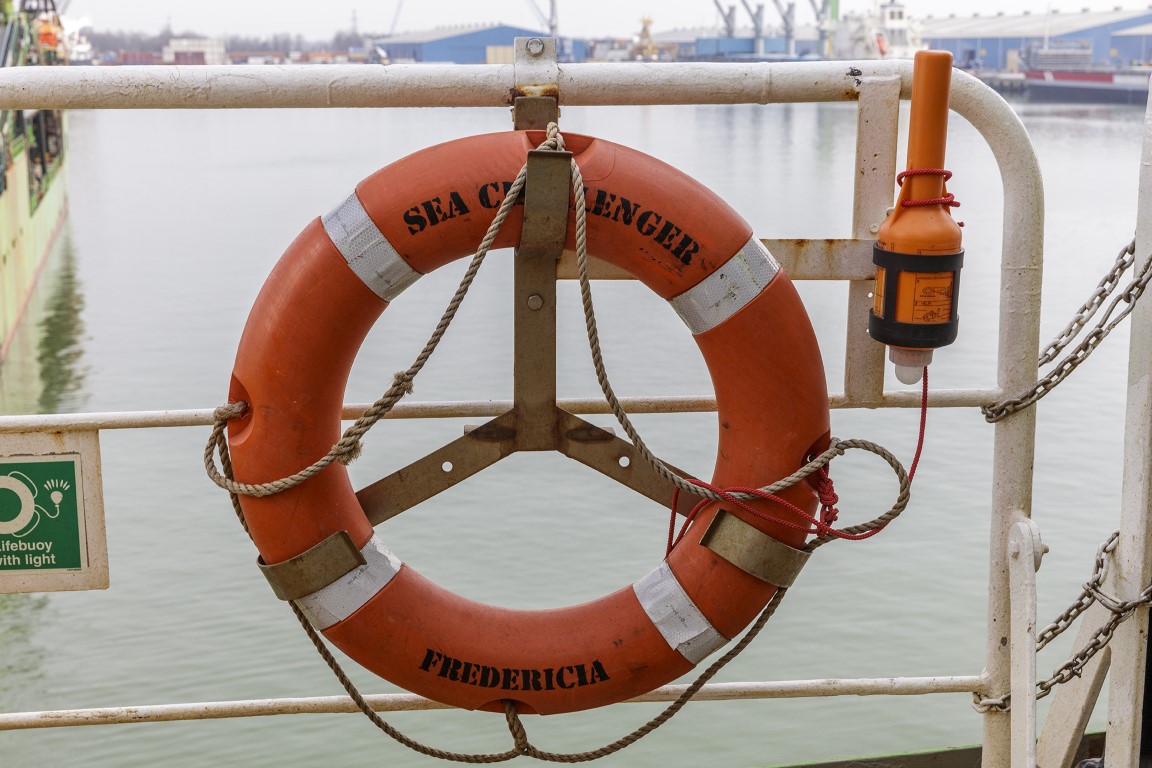For the crew in the engine room at Sea Challenger, safety is something that requires taking the necessary time and talking things through with the surrounding peers.
On the offshore installation vessel Sea Challenger, safety is a high priority and something that calls for investments in both equipment and crew, which UFDS has talked extensively with the ship's master, Jesper Mehl Østergaard, about.
But what do the many considerations and extensive purchases of various aids and tools actually mean for the crew aboard the ship? We have asked three of the shipping company's Danish marine engineers on Sea Challenger that exact question – along with a few others.
1st engineer Dennis Philipsen Rathje highlights the regular toolbox meetings as a good and frequently used forum to talk about things before the tools are taken out. The engine staff conducts their own meetings, while Chief Officer Arunas Petrauskas is in charge of those involving the deck and bridge.
»We use these meetings a lot to just put our heads together and give ourselves five minutes to talk through a task. And safety is very important, so we address what can go wrong, what we need in terms of equipment, protective gear and the like,« he says.
Doing things safely takes time, as Jesper Mehl Østergaard also points out, but everyone agrees and is clear about that, 2nd engineer Mads Bjerg Kristiansen comments.
»Things need to be set up properly and reviewed. We’re never too busy to take time needed to do stuff the right way. And we get paid to do it safely, so that's what everyone expects of us,« he says.
»Things need to be set up properly and reviewed. We’re never too busy to take time needed to do stuff the right way.«
Mads Bjerg Kristiansen, 3rd engineer, Deme Group
Medical care at sea is also, by definition, somewhat further away than usual, his captain notes, which makes people like to think a little extra instead of taking unnecessary risks, as the youngest participant confirms.
»I think it's obvious to see that when you're new to the ship and in terms of procedures, the other engineers and the rest of the crew are good at taking their time to show where the different equipment is located, how it works and is checked out. It’s a very high priority,« 3rd engineer Henrik Jørgensen says.
As an example, Dennis Philipsen Rathje mentions the consistent approach to working with active equipment. In such cases great effort is made to ensure that the power supply and the like are disconnected ensuring that there are no rotating parts, hydraulics with stored energy or anything else that can lead to accidents.
Utilizing colleagues' experience and knowledge
Jesper Mehl Østergaard emphasizes the importance of making suggestions for even small improvements in everyday life, and to this end, he praises the engineers for their abilities to do just that, with the pallet truck that can double as a work bench as an example.
»You guys are also great at being part of the crew. We are not so rigorously divided between galley, deck, engineers and so on; We try hard to be there for each other, both when it comes to safety, but also in terms of talking things through,« he says.
The marine engineers also contribute to safety on deck, he points out, and excel in utilizing the skills amassed among themselves and their colleagues when a task needs to be carried out or the groundwork needs to be put in place.
»Dennis, for example, you are good at working with Arunas when you need to make new permits or go through procedures you don't know, or when some risk assessments need to be put together. It ensures that the details are covered and you find the right equipment and so forth,« he says.
»If we need something, we bring it up on a security meeting and talk it through, and if we agree that we can do something in a safer way, we will do it.«
Dennis Philipsen Rathje, 2nd engineer, Deme Group
»We use each other's experience and knowledge. And then we have just the right gear to work with. So, we are up to date. And if we need something, we bring it up on a security meeting and talk it through, and if we agree that we can do something in a safer way, we will do it,« Dennis Philipsen Rathje adds.
A recent example of this is the sandblasting cabin that has been set up in the engine room, which has largely replaced the manual effort of cleaning and removing old paint from valves and the like. Instead of using wire brushes and angle grinders 'in the open', the process has now moved into an enclosed box, saving time, and not least increasing safety significantly.



